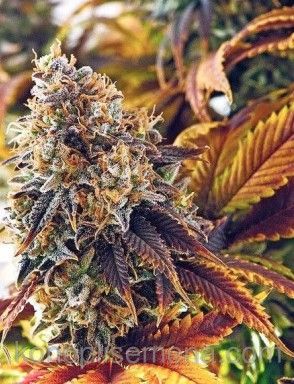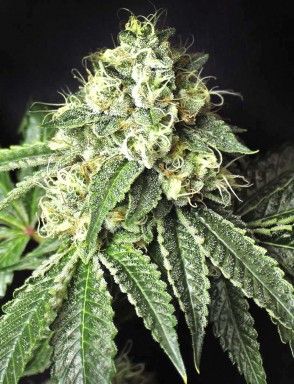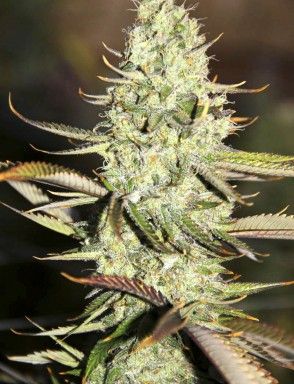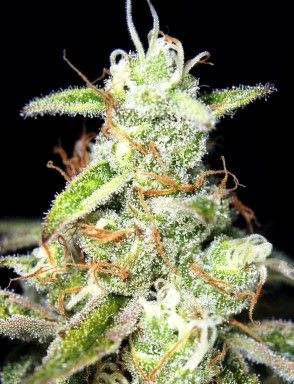Pruning, topping and defoliation
Bob Marley
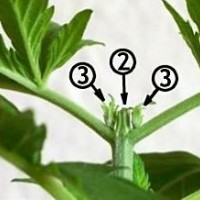
Pruning and topping are techniques for more efficient growing. As such, they are used either to help cannabis waste less nutrients and get a proper amount of light or to control its vertical growth. Yields are sometimes promoted by pruning. In some cases, pruning is a necessity or else the plant overgrows the grow room, but it should be done moderately and competently. Leaves are an important organ of the plant: they produce energy, provide photosynthesis, perform sugar production, and therefore their excessive removal leads to growth problems. But ridding the leaves that create undesirable shadow is beneficial to the plant. Importantly, pruning or topping can only be done to photoperiod-dependant marijuana. Autoflowering cannabis can’t be pruned or topped, because as a result of stress its growth will be impaired.
Tips on pruning cannabis
As a rule, pruning marijuana starts with the first five-lobed leaves, and further this is done in a staggered order, without skipping nodes. With the right approach, this will unlock new potential for the growth of side shoots, and at the same time the plant will start to receive more light. In fact, even with artificial light, this helps the plant.Topping marijuana: how it is done
Topping is a simple training technique: the top is cut off when the first 5-6 pairs of leaves have grown. In this way, two stems emerge from the plant, and there are also techniques for getting 5 shoots at once. The top removed, lower branches start to grow faster and actively reach for the light. Thus a potentially huge plant is encouraged to grow horizontally, enabling the grower to give good lighting to each bud.
Defoliation: when and how
Defoliation is another way to provide better lighting and save the chemical energy of the plant. The lower leaves in the process of active growth of cannabis are cut off completely. Defoliation is only done when the plant becomes bigger and stronger. It makes sense when more light needs to be given to the lower parts of the plant. Even if foliage isn’t too dense, but an obstacle to light is created, defoliation is advisable. Also, any diseased or damaged part of the leaf surface should be removed.
What’s necessary for pruning / topping / defoliation
No matter which of these techniques are chosen, a specialized tool (small scissors or a scalpel) should be sterilized before usage. A large amount of growth shouldn’t be removed at once, nor is it recommended to cut the plant too often. Otherwise, it will be stressed and its development impaired.16.08.2016
Featured

 ru
ru ge
ge ua
ua